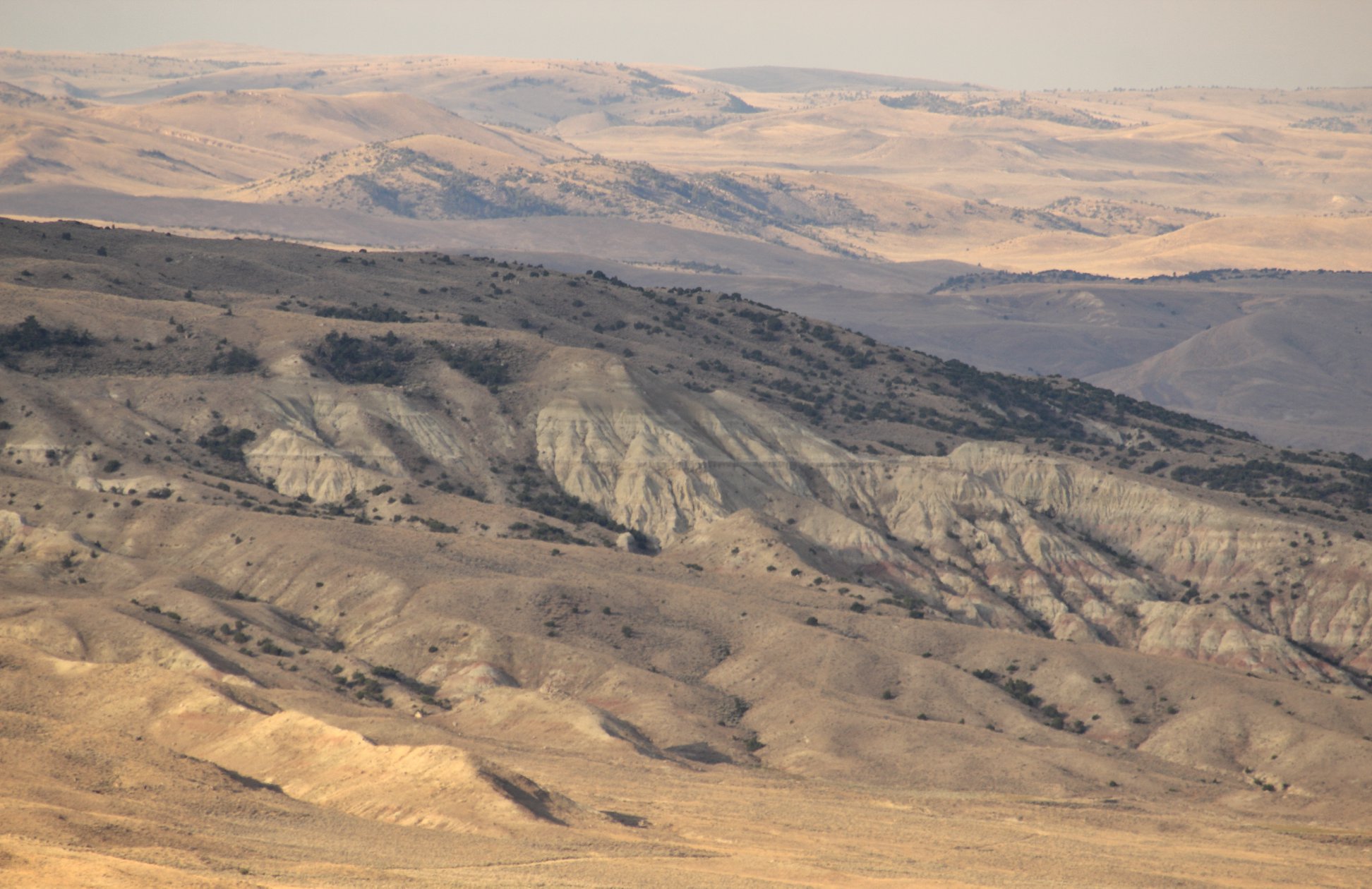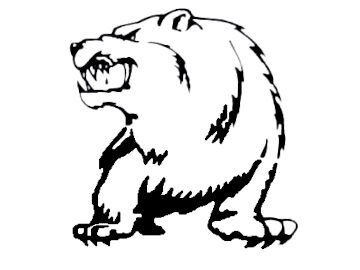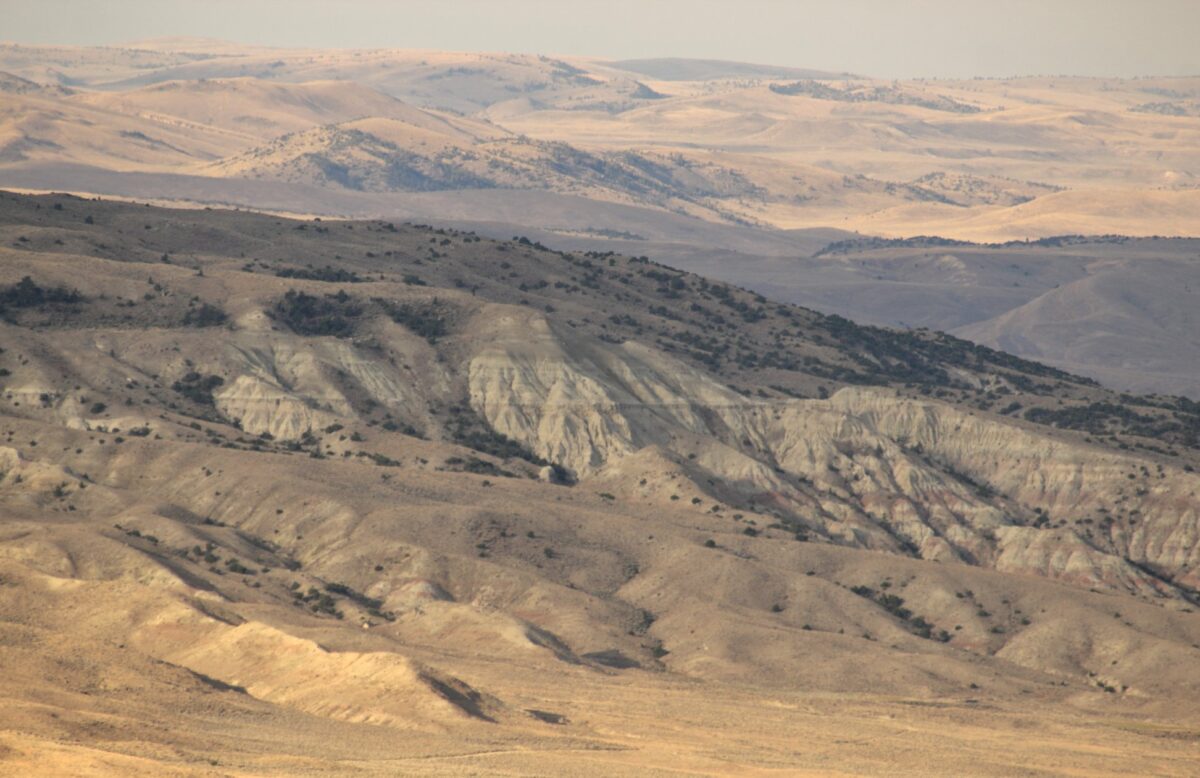
Riverton, Wyoming
The Rendezvous City
In the late 1700s, the lands surrounding what would later become Riverton were home to Native American tribes, including the Eastern Shoshone and Northern Arapaho. These tribes thrived in the abundant natural resources and breathtaking landscapes of the region.
Fast forward to the early 1900s when Riverton came into existence. The town was founded in 1904 as a result of the federal government’s establishment of a land office. Named after the nearby Wind River, Riverton quickly grew as the Chicago and Northwestern Railroad arrived, bringing economic development and an influx of settlers.
As the 20th century progressed, Riverton experienced significant milestones. In the 1920s and 1930s, the discovery of oil and gas reserves sparked a boom in the petroleum industry, attracting investment and contributing to the city’s prosperity.
The construction of Boysen Dam and Reservoir in the 1970s brought further change to Riverton. The dam harnessed the power of the Wind River, providing hydroelectricity, flood control, and recreational opportunities for locals and visitors alike. The reservoir became a popular destination for water activities, adding to Riverton’s appeal as a hub for outdoor enthusiasts.
Throughout its history, Riverton has remained deeply connected to its Native American heritage. The city sits on the outskirts of the Wind River Indian Reservation, home to the Eastern Shoshone and Northern Arapaho tribes. The reservation’s cultural influence is evident in Riverton, with Native American events, powwows, and festivals celebrated regularly, allowing residents and visitors to engage with and appreciate the vibrant traditions and rich heritage of the indigenous people.
Today, Riverton continues to thrive as a vibrant city. Agriculture plays a significant role in the local economy, with the surrounding lands providing fertile ground for farming and ranching. The energy sector, including coal and natural gas, contributes to the city’s growth and stability.
Riverton’s natural beauty and outdoor recreational opportunities attract adventurers and nature enthusiasts from far and wide. The nearby Wind River Range and Absaroka Mountains offer stunning vistas, hiking trails, and fishing spots, with the Wind River itself renowned for its world-class trout fishing.
As you explore Riverton, you’ll discover a welcoming downtown area. Filled with local businesses, shops, restaurants, and art galleries, the downtown district embodies a blend of modern amenities and small-town charm. The Riverton Museum provides a glimpse into the city’s history, showcasing exhibits on Native American culture, pioneer life, and the development of the area’s industries.
In summary, Riverton, Wyoming, is a city that embodies the spirit of the American West. From its early beginnings as a railroad town to its present-day status as a hub for outdoor adventures and cultural appreciation, Riverton offers a rich tapestry of history, natural beauty, and community.

